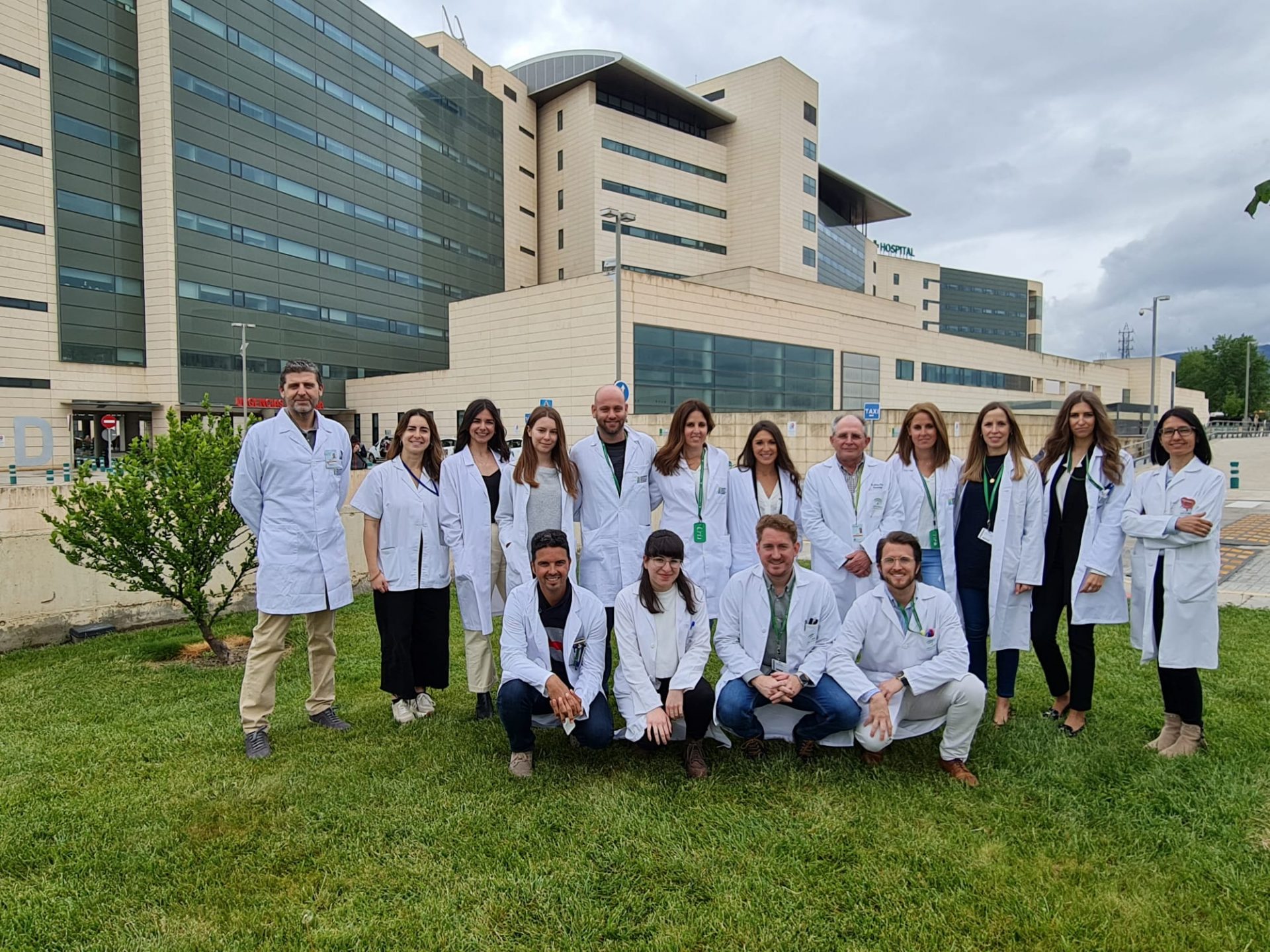
A multidisciplinary team of researchers, coordinated by the University of Granada, describes this curious phenomenon in a particular species for the first time, which is due to ‘phenotypic plasticity’ (the ability of a genotype to produce different phenotypes in response to changes in the environment)
The higher temperatures and longer daylight hours in Summer trigger changes in the expression of more than 625 genes of this plant, which cause it to start producing radically different flowers: whereas, in Spring, they are large, cross-shaped, ultraviolet-reflecting lilac flowers, in Summer they are small, rounded, and white, and absorb the ultraviolet (UV) rays
A multidisciplinary team of researchers from the University of Granada, the Arid Zone Research Station (of the Spanish Higher Research Council), and Vigo, Pablo Olavide, and Rey Juan Carlos Universities have discovered that a particular plant, Moricandia arvensis (Brassicaceae), produces radically different flowers in Spring than in Summer because heat modifies the expression of its genes.
This curious phenomenon, which these researchers have described for the first time in a species, is due to what is known as ‘phenotypic plasticity’, which is the ability of a genotype to produce different phenotypes in response to changes in the environment. While it is an essential property of living beings, its role in species’ adaptation and acclimatisation to environmental changes is not yet fully understood.
These researchers have now published an article in the prestigious journal Nature Communications, in which they describe how their study demonstrates experimentally—both under natural conditions and in the laboratory—the phenotypic plasticity of the flowers of this particular plant species that lives in semi-arid environments.
They found that, in Spring, Moricandia arvensis produces large, cross-shaped, UV-reflecting lilac flowers. These attract mainly large long-tongued bees as pollinators. However, unlike most co-occurring species, M. arvensis continues to flower during the dry, hot western Mediterranean summer. «This is due to its plasticity in key vegetative and photosynthetic traits that adjust its metabolism to these extreme conditions of high temperature and water deficit,” explains Francisco Perfectti Álvarez, Professor of Genetics at the UGR and one of the principal authors of this work.
Changes in over 625 genes
The high temperatures and longer daylight hours of Summer trigger changes in the expression of more than 625 genes of this plant, which cause it to start producing radically different flowers: whereas, in Spring, they are large, cross-shaped, UV-reflecting lilac flowers, in Summer they are small, rounded, UV-absorbing, and white.
What is more, in Summer, these flowers attract a different assemblage of pollinators, comprising more generalist species. This change in the pollinator set (the pollination niche) enables this plant to successfully reproduce under difficult conditions.
«In light of our study, we can affirm that phenotypic plasticity in flower, vegetative, and photosynthetic traits appears to enable M. arvensis to cope with anthropogenic perturbations and climate change,» concludes the UGR researcher.
Bibliography:
Gómez, J.M., Perfectti, F., Armas, C., Narbona, E., González-Megías, A., Navarro, L., DeSoto, L., and Torices, R. (2020). ‘Within-individual phenotypic plasticity in flowers fosters pollination niche shift’, Nature Communications 11:4019. Online: https://doi.org/10.1038/s41467-020-17875-1




Media enquiries:
Francisco Perfectti Álvarez
Department of Genetics, University of Granada
Faculty of Science
Tel.: +34 958 249697
Email: fperfect@ugr.es
Tags: Faculty of Science



